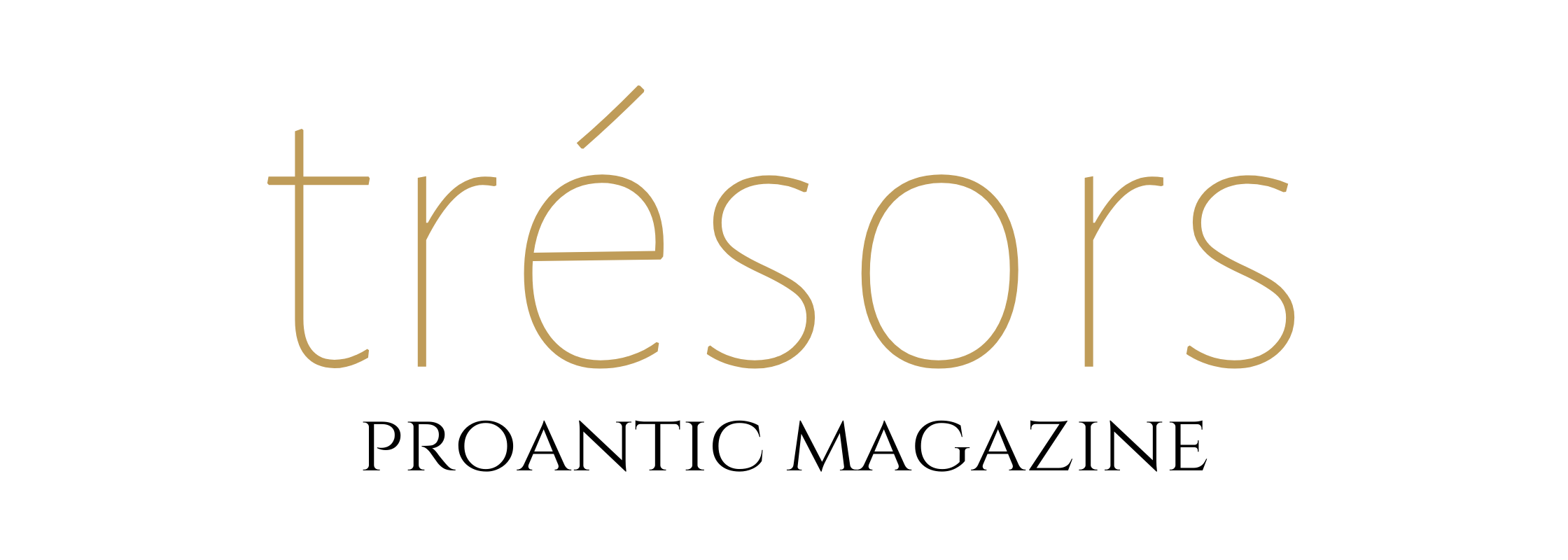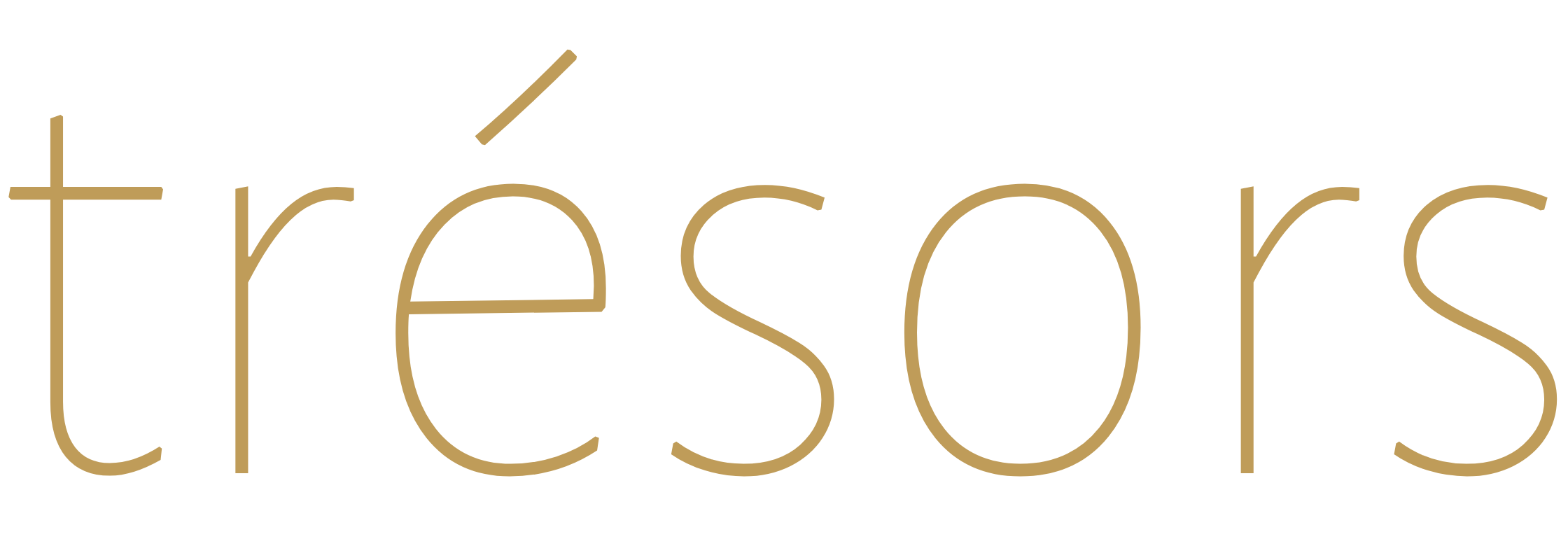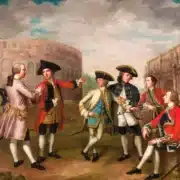Massimo Listri: Cabinet of Curiosities
Authors: Antonio Paolucci. Giulia ML Carciotto.
Publisher: Taschen.
A Book to Quench Your Curiosity
How much joy we get from marveling at the world around us! We can only be fascinated by the complexity and the mysteries of life, dazzled by the creativity and ingenuity of human minds. You may not have the pleasure of having a cabinet of curiosities in your own home, but the book Massimo Listri: Cabinet of Curiosities in XXL-format will enable you to dive into the most beautiful collections in the world and get a better grasp of these ancestors to our modern-day museums.
Cabinet of curiosities catered to both scientific and artistic appetites of princes and the elite. With this book, where the illustrious photographer Massimo Listri is backed by the expertise of Antonio Paolucci and Giulia ML Carciotto, you will travel through 19 cabinets of curiosities in seven European countries.

Ivory artifacts, rock crystals, horns, pietra dura cups, Trapani corals, German jewelry boxes in a Milanese private collection. © Massimo Listri
The Cabinets You Visit With This Book
The hyperlinked list below is going to help you appreciate the diversity and sumptuousness of these collections across Europe, and even help you prepare a trip to appreciate them in the flesh.
Germany
- Grünes Gewölbe, Staatliche Kunstsammlungen – Dresden
- Schloss Friedenstein – Gotha
- Kunst- und Naturalienkammer, Franckesche Stiftungen – Halle
Austria
- Die Kunst- und Wunderkammer, Schloss Ambras – Innsbruck
- Kunstkammer, Kunsthistorisches Museum – Wien
- Das Mineralienkabinett , Stift Seitenstetten – Seitenstetten
Denmark
Sweden
Italy
- “Gli avori di Coburgo” e i nautili, Tesoro dei Granduchi – Firenze
- Collezione Lazzaro Spallanzani, Musei Civici – Reggio Emilia
- Museo storico nazionale dell’arte sanitaria- Roma
- Collezione Raniero Gnoli, Palazzo Patrizi, Castel Giuliano – Bracciano
- You can only visit the gardens, not the collection.
- Collezione Alessandro Orsi, Villa Ca’ Mera – Azzate
France
- Cabinet d’histoire naturelle de Clément Lafaille, Muséum d’Histoire Naturelle – La Rochelle
- Château de Dampierre – Dampierre-en-Yvelines
- Collection Guy Ladrière – Paris
- No public visits. Enjoy a sample of this collection of intaglios thanks to the online promotion of the exhibition held at L’École des Arts Joailliers in 2022.
- Collection Kugel, Galerie Kugel – Paris
- Château de Bannes – Beaumont-du-Périgord
- No public visits.
England
- Malplaquet House – London
- No public visits. Catch a glimpse of the collections held in the Malplaquet House thanks to a visit documented with quality pictures on the Spitafields Life blog.
Learn About Cabinet of Curiosities: A Background
Even today in the 21st century, despite all the scientific discoveries made since the emergence of the cabinets of curiosities, we still marvel at the diverse shapes life can take, all the natural wonders that surround us that have spurred our creativity and our will to understand the universe – in short, the beauty of the world we live in.
The original idea behind a cabinet of curiosities was to see the entire world in a nutshell. You just have to replace ‘nutshell’ with ‘cabinet’ (whether it be a piece of furniture or a room). Put differently, such a cabinet is a microcosm, but a microcosm that favors rarity. Rarity may take various shapes. Sometimes, it means items with exotic provenances. In some other cases, it conveys a fascination for the bizarre with odd-looking specimens coming, for instance, from the ocean depths or examples of a dysfunctional nature (what we may call ‘monsters’). Accumulating all the artifacts of a microcosm required wealth and was a display of power.

A Chamber of Curiosities painted by Frans II Francken (1581-1642). C. 1620-1625. (Kunsthistorisches Museum Wien. CC Christelle Colin)
If collections existed before the Renaissance, they started to be properly documented and organized during the Renaissance in the second half of the 16th century. It is in the will of Ferdinand II (1529-1595), Archduke of Austria, that we find the first mention of “Kunst und Wunderkammer” describing collections of art and wonders.
Samuel Quiccheberg (1529-1567), a physician in charge of the collections of Albert V (1528-1579), Duke of Bavaria, wrote in 1565 the first treatise Inscriptiones vel tituli theatri amplissimi, related to the organization and presentation of Wunderkammern. In Gesta Grayorum in 1594, the philosopher Francis Bacon (1561-1626) advised princes to cultivate wisdom through several tools, a cabinet of curiosities being one of them and defined as
[…] a goodly huge cabinet, wherein whatsoever the hand of man by exquisite art or engine, hath made rare in stuff, form, or motion, whatsoever singularity, chance and the shuffle of things hath produced, whatsoever nature has wrought in things that want life, and may be kept, shall be sorted and included.”
Rudolf II Habsburg (1552-1612), Holy Roman Emperor with his court in Prague, was the epitome of a prince collector of the Renaissance. His theatrum mundi was divided in three sections:
- Naturalia (botanical, mineral, zoological, and paleontological samples).
- Artificialia or artefacta (objects involving man’s work).
- Scientifica (automatons, clocks, and scientific instruments with a penchant for astronomy).
In naturalia, the widespread taste for shells is likely to have influenced the rocaille style to come in the 18th century. Artificialia usually turned naturalia into works of art. Favored raw materials were coral, amber, bezoar, narwhal tusk (thought to come from unicorns) for the mystery of their origin, which made them even more precious. The objects created were utterly luxurious.

Vessel (rock crystal, gilded silver, enamel, rubies) by Dionysio Miseroni in 1655. The workshop of the Miseroni family was founded in 1588 under Emperor Rudolph II in Prague. (Kunstkammer Wien. CC Christelle Colin)
Scientifica, which can also be considered a specific type of artificialia, is even more loaded with power symbolism. On top of utilizing the best craftsmen in their specialties (for instance, goldsmiths or clockmakers) and sumptuous materials, they required the engineering of scientific knowledge, expressing the control of nature by men. Moreover, the men who had the tools to measure time and space could use them to control men.

This calculator created by Anton Braun (1686-1728) computed basic arithmetical operations for land surveying calculations. It was dedicated to Emperor Charles VI. (Kunsthistorisches Museum Wien. CC Christelle Colin)
You May Like
Curiosities | Decorative Arts | Collectibles | Decoative Objects | Arms and Militaria | Objets d’Art | Clocks | Still Life | Fine Art | Cabinets










[…] cabinet of curiosities devoted to a single artist is quite a luxurious staging, like a shrine to his work. We can view it […]